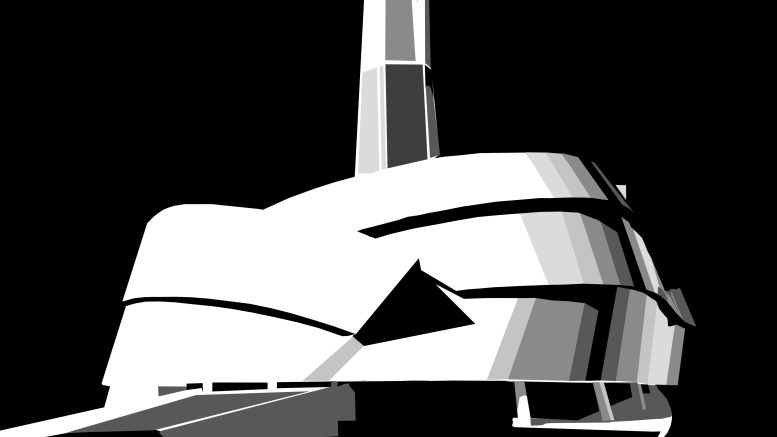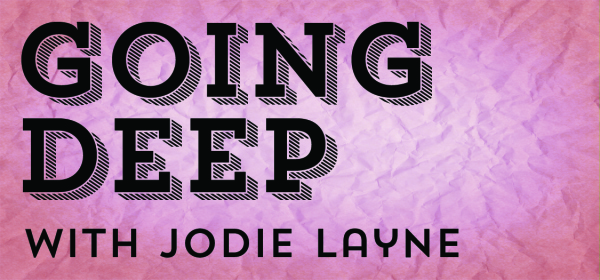The Canadian Museum for Human Rights (CMHR) has been criticized since before its opening in 2014. Several ethnic communities have felt that their stories were being misrepresented, under-represented or not represented at all, in the museum’s exhibits.
I arrived in Winnipeg in September, an expat from Toronto working at another museum in the city. I put off my first trip to the CMHR until my family visited, and we partook in some educational tourism. The museum, which operates as an “ideas museum” rather than an objects-based museum, is a monumental maze of text-heavy panels and audio-visual material garnished with a sparse few objects installed around stony galleries.
I experienced the museum as a “greatest-hits” album of genocide, ethnic cleansing, internment camps and racism. The CMHR provides a textbook version of human rights, presenting issues that have already been accepted in the canon of important movements or tragedies, but which in their times weren’t without controversy.
On Dec. 10, 2023, my second visit to the museum, protesters gathered outside the CMHR main entrance, beginning a demonstration for the UN-designated Human Rights Day, and the 75-year anniversary of the adoption of the Universal Declaration of Human Rights.
Inside, protesters installed themselves as a temporary exhibit in the entrance hall by performing a die-in, lying on the floor for over an hour — one minute for every day since Israel’s war in Gaza began. Members of the local Palestinian community and anti-war activists delivered speeches, calling on the CMHR to recognize Palestinian human rights and take a stronger stance in the current crisis. I spoke to the crowd about my perspective both as a museum worker and as a Jew.
Canadian museums have been making strides, with varying success, toward decolonization, usually focusing on collaboration with local Indigenous communities to best represent and care for Indigenous stories and material culture.
Decolonization is a curatorial buzzword that, while well-intentioned, entails a process that cannot be realized while settler-colonialism is protected from criticism. This is why exhibit material educating the public about the historical context for the colonial project of Zionism, and the creation of the State of Israel on the land of historic Palestine, is essential.
Palestinian-Canadians have been dissatisfied with the CMHR’s exclusion of their stories since the museum’s conception. Numerous protests have taken place outside the museum in the past, and especially since the beginning of the current war in Gaza.
Winnipeg has seen five months of consistent protesting, and a growing solidarity between marginalized groups in the city. In January, a protest for a ceasefire in Gaza moved from outside the CMHR to nearby Union Station, joining a march demanding justice for Afolabi Stephen Opaso, a Nigerian international student who was fatally shot by Winnipeg police. Pro-Palestine protesters showed their solidarity with the Black Lives Matter movement, understanding that anti-racism is essential for both causes.
The CMHR features Nelson Mandela for his leadership in the movement to end apartheid in South Africa. Mandela said, during a speech for the International Day of Solidarity with the Palestinian People, “We know too well that our freedom is incomplete without the freedom of the Palestinians.”
But the CMHR mentions Palestine once, in a small display case that tells the story of Izzeldin Abuelaish, a doctor from Gaza whose three daughters and a niece were killed when their home was shelled by an Israeli tank in 2009. The case includes Abuelaish’s curfew pass, permit and ID that were required for him to cross the Erez checkpoint to get to work at an Israeli hospital, and a stuffed toy and cellphone that belonged to his daughters.
There is also a small panel in a timeline of key events in the history of human rights, which marks the 1948 Arab-Israeli War. These mentions are brief and lacking crucial context, but representatives from the museum have said they are committed to working with the local Palestinian community to include more of their stories and perspective in future exhibits and events.
In a 2016 book chapter, CMHR research-curators Emily Grafton and Julia Peristerakis write that much criticism of the museum can be explained by differing expectations of the functions of the museum. The public entertains certain ideas about the role that the museum can play in past and ongoing issues of human rights, but are holding the museum at an unrealistic standard. According to Grafton and Peristerakis, what the CMHR can do is “present balanced views on human rights, educate the public, and elicit dialogue,” but it cannot, however, “adjudicate on violations of human rights.”
The CMHR’s ideas-based exhibits, and the ideas they communicate through social media posts, do attempt to present a balanced view of the Israel-Palestine conflict. But I believe that the view is too balanced for a heavily unbalanced conflict. It is inevitable that some groups will be displeased no matter how the conflict is presented.
This cautiously neutral approach gives the public the idea that some conflicts are simply too complicated to understand, or that, contrary to the museum’s genocide exhibit titled “Breaking the Silence,” it is best to stay silent if an issue is too controversial.
What is the purpose of a human rights museum if it cannot take a clear stance on human rights violations? Wait to install a memorial? Create a retrospective exhibit encouraging viewers to prevent such a tragedy from occurring again? If so, the CMHR is not teaching us what we need to learn.
Alison Moule is a museum worker and a member of Independent Jewish Voices Canada and United Jewish People’s Order.




